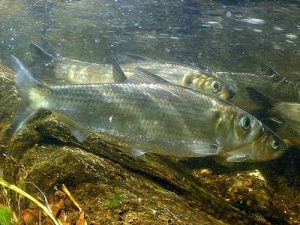
The U.S. Environmental Protection Agency (EPA) recently released its evaluations of plans by the six Chesapeake Bay watershed states (Maryland, Virginia, Pennsylvania, Delaware, West Virginia, and New York) and the District of Columbia to have all programs and practices in place by 2025 to restore the Bay and its tidal waters.
The comprehensive EPA reviews found that, in large part, the final Phase III Watershed Implementation Plans (WIPs) offer a solid foundation for reaching the 2025 goal supported by the states and the District as members of the Chesapeake Bay Program partnership, providing a path to progress in restoring the Bay and improving local waters. The reviews also identified remaining details and enhancements that could be addressed.
The WIP reviews identified notable strengths, recommendations for enhancement, and specific EPA oversight, in the form of financial, administrative and technical assistance, to support the jurisdictions in meeting their pollutant reduction commitments.
In the reviews, EPA recommends actions the Bay jurisdictions could take to provide greater confidence that they will meet their goals. For instance, where jurisdictions have projected much higher levels of planned implementation in certain sectors, EPA is recommending more specific information in their upcoming two-year milestone reports on how those levels will be achieved.
EPA’s evaluations will be available on the Bay TMDL website, www.epa.gov/chesapeake-bay-tmdl.
EPA found that the plans reflect extensive work done at the local level to engage governments, non-government organizations, wastewater utilities, businesses, the agricultural community, and the public.
EPA teams will offer to meet with each of the jurisdictions prior to their 2020-2021 two-year milestone submissions, the next key check-in point leading up to 2025.
Since the 2010 release of the Chesapeake Bay Total Maximum Daily Load (Bay TMDL), EPA and its federal partners have provided assistance to the Bay jurisdictions to support their restoration actions.
source: U.S. Environmental Protection Agency
Leave a Reply
You must be logged in to post a comment.